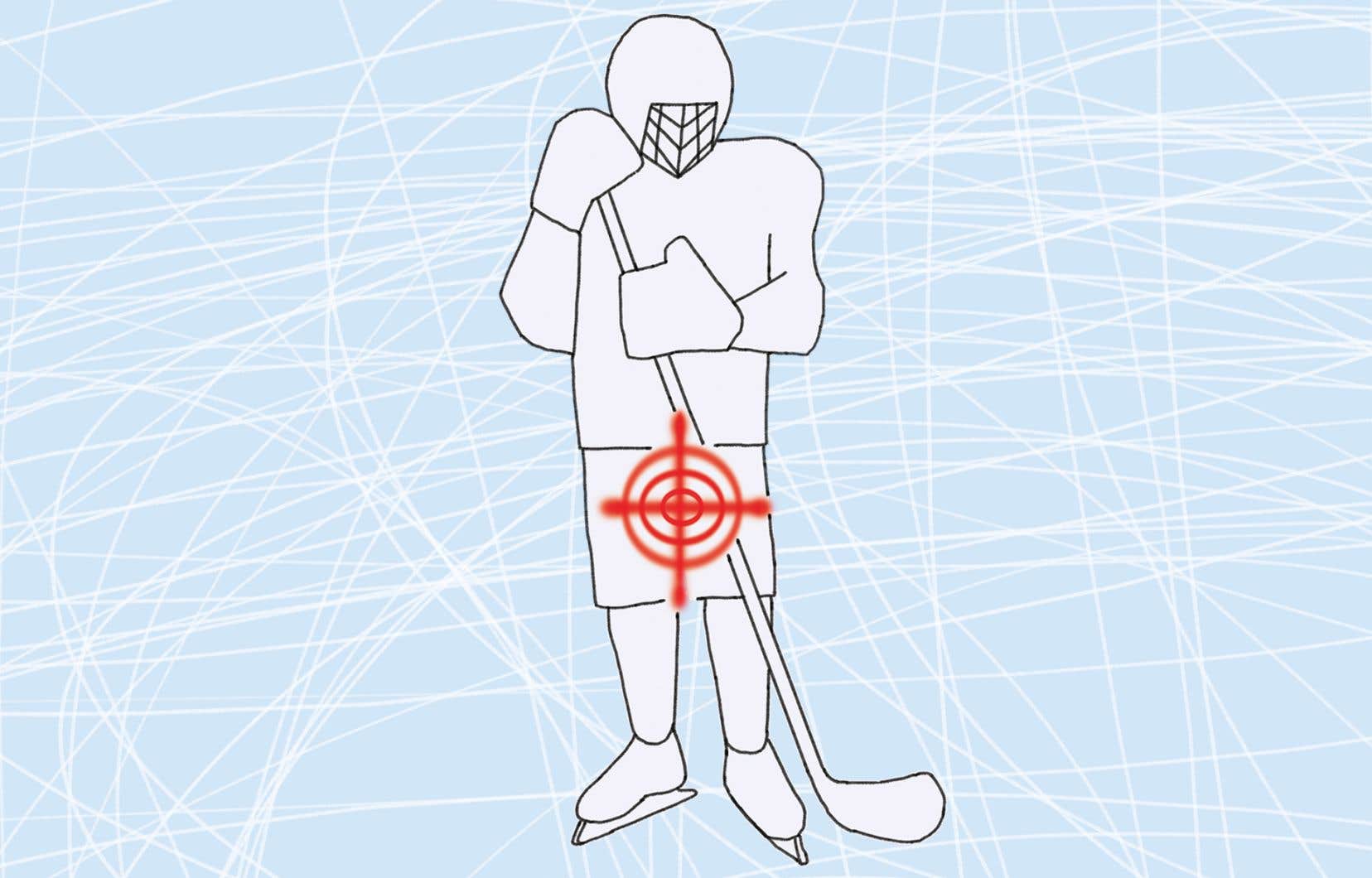The lawsuit of former junior-aged hockey players against the Canadian Hockey League (CHL) has shed light on troubling acts committed by veterans. Despite the hyper-masculinity of the sport and the homophobia that sometimes circulates in it, several rituals were of a sexual nature. A phenomenon that seems contradictory, but which does not surprise experts in the culture of sport.
University of Manitoba professor Jay Johnson, who has long studied hockey initiations, has heard “time and time again” about stories of a sexual nature like those told in the lawsuit. The rituals are paradoxical, he notes in a report written at the request of the firm Koskie Minsky, which represents the ex-players. “They establish and reinforce heterosexual identity through homoerotic practices,” he observes.
The initiations exist in a liminal space where the recruits are not yet full members of the team, explains Jay Johnson in an interview. “In this space, the actions of veterans are accepted since they are part of the psyche of the team”, he describes. They are part of a dynamic of dominance, according to the professor. “Several actions would be considered homosexual acts outside, but they are ‘forgiven’ in this space, since it’s the first-year players who are victimized,” he says.
The analysis of Quebec sociologist Simon Louis Lajeunesse, who has also questioned athletes about their rituals in the context of research, is somewhat similar. The context in which the teams find themselves — a locker room shared by dozens of young men, sometimes naked — promotes the emergence of rituals. But these acts are specific to this environment. Outside the bedroom, young people won’t replicate the same actions, he says.
Importance for the team
Recourse to this type of initiation is a complex phenomenon. Several theories have been proposed to explain it. Players who commit these acts often struggle to explain them themselves, noted Simon Louis Lajeunesse and Jay Johnson. “It’s lodged in their unconscious. A lot of them can’t articulate what they’re doing,” Professor Johnson points out.
The acts practiced in these initiations help to establish a hierarchy in the team, a phenomenon similar to the construction of hegemonic masculinity, explains Jay Johnson. This represents a virile and physical masculine ideal and the subordination of other men and women to this masculinity. Through the rituals, the young recruits reach a higher level in the hierarchy of the team, seeking to embody the masculine ideal, and thus obtain the respect of their teammates.
The player cannot refuse to participate, at the risk of being ostracized. “If you say no, you’re not a real man,” says Alexis Peters, a professor at Mount Royal University, one of the first researchers in the country to take an interest in hockey culture. Even a veteran, supposed to be subjected to the abuse, is obliged to take part in it, or else he will be ridiculed. It’s a “cycle of abuse,” according to Jay Johnson: One of the promises of joining the team is that the victim can do the same to their teammates next season.
The rituals, if done without abuse, are “powerful” because they create a bond of trust between recruits and veterans, according to Jay Johnson. An orientation ceremony is even an important part of player development. On the contrary, abusive and humiliating rituals “do not accomplish these goals and fracture player relationships,” he says.
The symbolism of the ritual is “extremely strong”, observes Simon Louis Lajeunesse. Some university athletes in a couple, to whom the sociologist spoke, completely forgot about the risks they were putting their partner at risk after sexually abusing new team members, says the sociologist. “They looked at me, lost, and told me that diseases are transmitted only through sexual relations. They are limited by the symbolic universe”, he continues.
Masculinity in Hockey
Professor Peters believes that more research is needed to understand the phenomenon, although these efforts are sometimes limited by the lack of openness of the various junior leagues. “Somebody has to go into a room and ask the young people, ‘Why are you doing these initiations?’ ” she says. “It’s not like that in Denmark or Sweden, and they’re not as patriarchal societies as ours,” she says.
The model of the physical hockey player, who defeats his opponents — in a way the hegemonic male ideal — is celebrated by Canadian society, notes Jay Johnson. Until very recently, fighting was also permitted in the three junior leagues in the country. The Quebec division is now preparing to ban them. “If someone is fighting on the rink, everyone gets up from their seats,” he says. All elements of the social fabric will have to work to redefine what a hockey player represents to succeed in putting an end to initiations, whether they are of a sexual nature or not, suggests the professor from the University of Manitoba.
This story is supported by the Local Journalism Initiative, funded by the Government of Canada.
